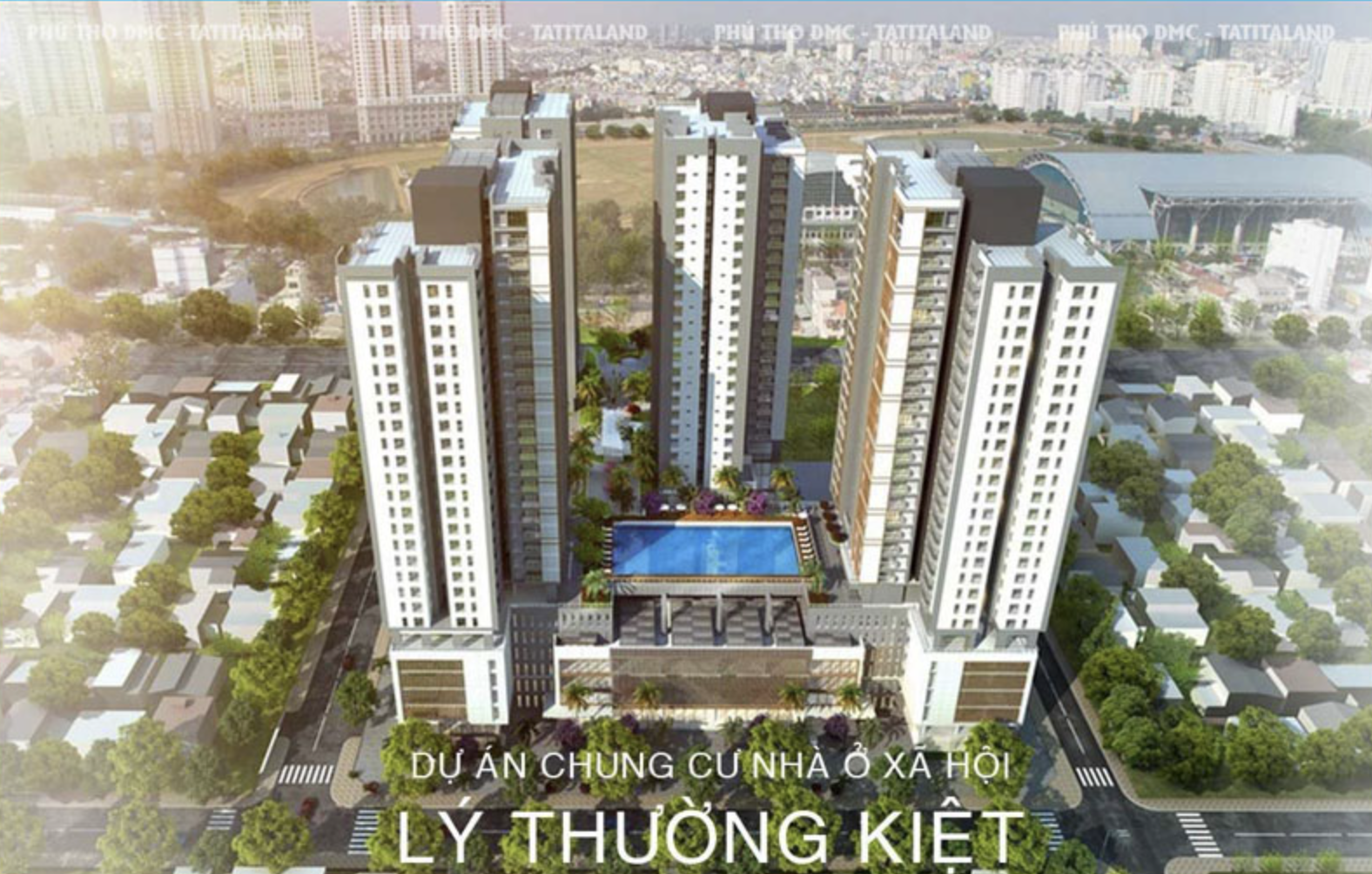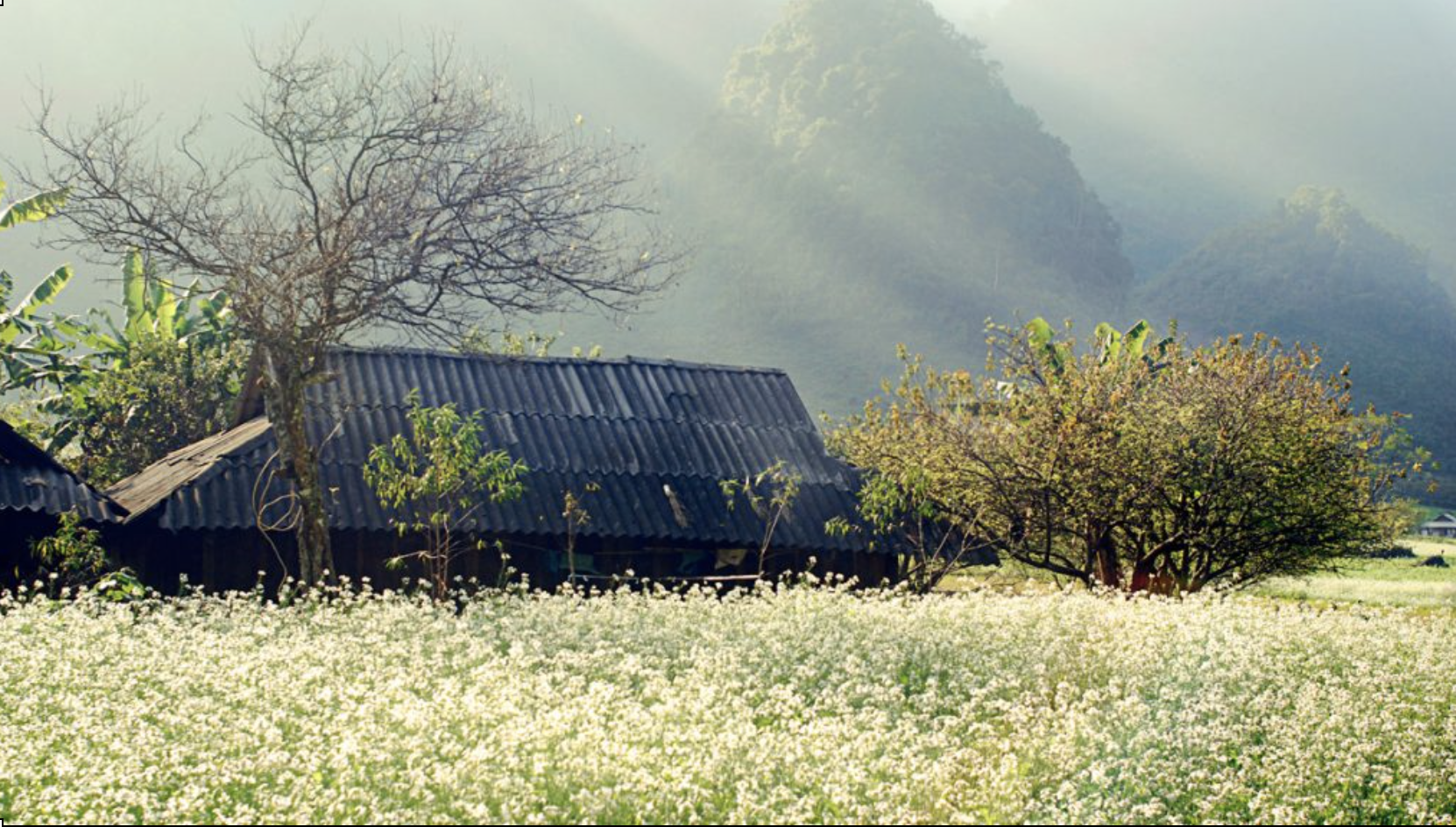The Sony Alpha NEX-6 and the Sony Alpha NEX-7 are two enthusiast cameras that were officially introduced, respectively, in September 2012 and August 2011. Both the NEX-6 and the NEX-7 are mirrorless interchangeable lens cameras that are equipped with an APS-C sensor. The NEX-6 has a resolution of 16 megapixels, whereas the NEX-7 provides 24 MP.
Below is an overview of the main specs of the two cameras as a starting point for the comparison.
Headline Specifications Sony NEX-6 Sony NEX-7 Mirrorless system camera Mirrorless system camera Sony E mount lenses Sony E mount lenses 16 MP – APS-C sensor 24 MP – APS-C sensor 1080/60i Video 1080/60i Video ISO 100-25,600 ISO 100-16,000 Electronic viewfinder (2359k dots) Electronic viewfinder (2359k dots) 3.0″ LCD – 921k dots 3.0″ LCD – 921k dots Tilting screen (no touchscreen) Tilting screen (no touchscreen) 10 shutter flaps per second 10 shutter flaps per second 360 shots per battery charge430 shots per battery charge 120 x 67 x 43 mm, 345 g 120 x 67 x 43 mm, 400 g Check NEX-6 offers atebay.com Check NEX-7 offers atebay.com
Going beyond this snapshot of core features and characteristics, what are the differences between the Sony Alpha NEX-6 and the Sony Alpha NEX-7? Which one should you buy? Read on to find out how these two cameras compare with respect to their body size, their imaging sensors, their shooting features, their input-output connections, and their reception by expert reviewers.
Body comparison
The physical size and weight of the Sony NEX-6 and the Sony NEX-7 are illustrated in the side-by-side display below. The two cameras are presented according to their relative size. Three consecutive views from the front, the top, and the rear side are shown. All width, height and depth dimensions are rounded to the nearest millimeter.
In this particular case, the Sony NEX-6 and the Sony NEX-7 have exactly the same width and height, and, thus, have identically-sized bodies. However, the NEX-7 is markedly heavier (16 percent) than the NEX-6. In this context, it is worth noting that neither the NEX-6 nor the NEX-7 are weather-sealed.
The above size and weight comparisons are to some extent incomplete since they do not consider the interchangeable lenses that both of these cameras require. In this particular case, both cameras feature the same lens mount, so that they can use the same lenses. You can compare the optics available in the Sony E-Mount Lens Catalog. Mirrorless cameras, such as the two under consideration, have the additional advantage of having a short flange to focal plane distance, which makes it possible to mount many lenses from other systems onto the camera via adapters.
The adjacent table lists the principal physical characteristics of the two cameras alongside a wider set of alternatives. If you would like to visualize and compare a different camera combination, you can navigate to the CAM-parator app and make your selection from a broad list of cameras there.
Any camera decision will obviously take relative prices into account. The listed launch prices provide an indication of the market segment that the manufacturer of the cameras have been targeting. The NEX-6 was launched at a markedly lower price (by 26 percent) than the NEX-7, which puts it into a different market segment. Usually, retail prices stay at first close to the launch price, but after several months, discounts become available. Later in the product cycle and, in particular, when the replacement model is about to appear, further discounting and stock clearance sales often push the camera price considerably down.
Sensor comparison
The imaging sensor is at the core of digital cameras and its size is one of the main determining factors of image quality. A large sensor will tend to have larger individual pixels that provide better low-light sensitivity, wider dynamic range, and richer color-depth than smaller pixel-units in a sensor of the same technological generation. Further, a large sensor camera will give the photographer additional creative options when using shallow depth-of-field to isolate a subject from its background. On the downside, larger sensors are more costly to manufacture and tend to lead to bigger and heavier cameras and lenses.
Both cameras under consideration feature an APS-C sensor and have a format factor (sometimes also referred to as “crop factor”) of 1.5. Within the spectrum of camera sensors, this places the review cameras among the medium-sized sensor cameras that aim to strike a balance between image quality and portability. Both cameras have a native aspect ratio (sensor width to sensor height) of 3:2.
While the two cameras under review share the same sensor size, the NEX-7 offers a higher resolution of 24 megapixels, compared with 16 MP of the NEX-6. This megapixels advantage translates into a 22 percent gain in linear resolution. On the other hand, these sensor specs imply that the NEX-7 has a higher pixel density and a smaller size of the individual pixel (with a pixel pitch of 3.90μm versus 4.78μm for the NEX-6). Moreover, it should be noted, that the NEX-6 is a somewhat more recent model (by 1 year) than the NEX-7, and its sensor might have benefitted from technological advances during this time that further enhance the light gathering capacity of individual pixels.
The resolution advantage of the Sony NEX-7 implies greater flexibility for cropping images or the possibility to print larger pictures. The maximum print size of the NEX-7 for good quality output (200 dots per inch) amounts to 30 x 20 inches or 76.2 x 50.8 cm, for very good quality (250 dpi) 24 x 16 inches or 61 x 40.6 cm, and for excellent quality (300 dpi) 20 x 13.3 inches or 50.8 x 33.9 cm. The corresponding values for the Sony NEX-6 are 24.6 x 16.3 inches or 62.4 x 41.5 cm for good quality, 19.6 x 13.1 inches or 49.9 x 33.2 cm for very good quality, and 16.4 x 10.9 inches or 41.6 x 27.6 cm for excellent quality prints.
The Sony Alpha NEX-6 has a native sensitivity range from ISO 100 to ISO 25600. The corresponding ISO settings for the Sony Alpha NEX-7 are ISO 100 to ISO 16000 (no boost).
Technology-wise, both cameras are equipped with CMOS (Complementary Metal-Oxide-Semiconductor) sensors. Both cameras use a Bayer filter for capturing RGB colors on a square grid of photosensors. This arrangement is found in most digital cameras.
Consistent information on actual sensor performance is available from DXO Mark for many cameras. This service assesses and scores the color depth (“DXO Portrait”), dynamic range (“DXO Landscape”), and low-light sensitivity (“DXO Sports”) of camera sensors, and also publishes an overall camera score. The Overall DXO ratings for the two cameras under consideration are close, suggesting that they provide similar imaging performance. The adjacent table reports on the physical sensor characteristics and the outcomes of the DXO sensor quality tests for a sample of comparator-cameras.
Sensor Characteristics Camera Model Sensor Class Resolution (MP) Horiz. Pixels Vert. Pixels Video Format DXO Portrait DXO Landscape DXO Sports DXO Overall 1. Sony NEX-6 APS-C 16.0 4912 32641080/60i23.713.11018782. Sony NEX-7 APS-C 24.0 6000 40001080/60i24.113.41016813. Fujifilm X100 APS-C 12.2 4288 2848720/30p22.912.41001734. Sony A6400 APS-C 24.0 6000 40004K/30p24.013.61431835. Sony A6000 APS-C 24.0 6000 40001080/60p24.113.11347826. Sony A3000 APS-C 19.8 5456 36321080/60i23.712.81068787. Sony NEX-3N APS-C 16.0 4912 32641080/60i22.812.51067748. Sony NEX-5T APS-C 16.0 4912 32641080/60p23.613.01015789. Sony NEX-5R APS-C 16.0 4912 32641080/60i23.713.19107810. Sony NEX-F3 APS-C 16.0 4912 32641080/60i22.712.311147311. Sony RX1 Full Frame 24.0 6000 40001080/60p25.114.325349312. Sony NEX-5N APS-C 16.0 4912 32641080/60i23.612.710797713. Sony NEX-C3 APS-C 16.0 4912 3264720/30p22.712.210837314. Sony NEX-3 APS-C 14.0 4592 3056720/30p22.112.08306815. Sony NEX-5 APS-C 14.0 4592 30561080/60i22.212.279669
Many modern cameras cannot only take still pictures, but also record videos. Both cameras under consideration are equipped with sensors that have a sufficiently high read-out speed for moving images, and both provide the same movie specifications (1080/60i).
Feature comparison
Beyond body and sensor, cameras can and do differ across a range of features. The NEX-6 and the NEX-7 are similar in the sense that both feature an electronic viewfinder, which is helpful when framing images in bright sunlight. Moreover, their viewfinders offer an identical resolution of 2359k dots. The adjacent table lists some of the other core features of the Sony NEX-6 and Sony NEX-7 along with similar information for a selection of comparators.
Core Features Camera Model Viewfinder (Type or
000 dots)
Control Panel
(yes/no)
LCD Specifications
(inch/000 dots)
LCD Attach-
ment
Touch Screen
(yes/no)
Max Shutter
Speed *
Max Shutter
Flaps *
Built-in Flash
(yes/no)
Built-in Image
Stab
1. Sony NEX-62359 n3.0 / 921 tilting n 1/4000s 10.0/s Y n 2. Sony NEX-72359 n3.0 / 921 tilting n 1/4000s 10.0/s Y n 3. Fujifilm X1001440 n2.8 / 460 fixed n 1/4000s 5.0/s Y n 4. Sony A64002359 n3.0 / 922 tilting Y 1/4000s 11.0/s Y n 5. Sony A60001440 n3.0 / 922 tilting n 1/4000s 11.0/s Y n 6. Sony A3000202 n3.0 / 230 fixed n 1/4000s 2.5/s Y n 7. Sony NEX-3Noptional n3.0 / 460 tilting n 1/4000s 4.0/s Y n 8. Sony NEX-5Toptional n3.0 / 922 tilting Y 1/4000s 10.0/s n n 9. Sony NEX-5Roptional n3.0 / 920 tilting Y 1/4000s 10.0/s n n 10. Sony NEX-F3optional n3.0 / 920 tilting n 1/4000s 5.5/s Y n 11. Sony RX1optional n3.0 / 1229 fixed n 1/4000s 5.0/s Y n 12. Sony NEX-5Noptional n3.0 / 920 tilting Y 1/4000s 10.0/s n n 13. Sony NEX-C3optional n3.0 / 920 tilting n 1/4000s 5.5/s n n 14. Sony NEX-3optional n3.0 / 920 tilting n 1/4000s 7.0/s n n 15. Sony NEX-5optional n3.0 / 920 tilting n 1/4000s 7.0/s n n Notes: *) Information refers to the mechanical shutter, unless the camera only has an electronic one.
Concerning the storage of imaging data, both the NEX-6 and the NEX-7 write their files to SDXC or Memory Stick PRO Duo cards. The NEX-6 supports UHS-I cards (Ultra High Speed data transfer of up to 104 MB/s), while the NEX-7 cannot take advantage of Ultra High Speed SD cards.
Connectivity comparison
For some imaging applications, the extent to which a camera can communicate with its environment can be an important aspect in the camera decision process. The table below provides an overview of the connectivity of the Sony Alpha NEX-6 and Sony Alpha NEX-7 and, in particular, the interfaces the cameras (and selected comparators) provide for accessory control and data transfer.
Input-Output Connections Camera Model Hotshoe Port Internal Mic / Speaker Microphone Port Headphone Port HDMI Port USB Port WiFi Support NFC Support Bluetooth Support 1. Sony NEX-6Ystereo / mono-mini2.0Y- 2. Sony NEX-7Ystereo / monoY-mini2.0- 3. Fujifilm X100Ystereo / -mini2.0- 4. Sony A6400Ystereo / monoY-micro2.0YYY 5. Sony A6000Ystereo / mono-micro2.0YY- 6. Sony A3000Ystereo / mono-mini2.0- 7. Sony NEX-3N-stereo / mono-micro2.0- 8. Sony NEX-5TYstereo / mono-mini2.0YY- 9. Sony NEX-5RYstereo / mono-mini2.0Y- 10. Sony NEX-F3Ystereo / mono-mini2.0- 11. Sony RX1Ystereo / monoY-mini2.0- 12. Sony NEX-5NYstereo / mono-mini2.0- 13. Sony NEX-C3Ystereo / mono-mini2.0- 14. Sony NEX-3Ystereo / mono-mini2.0- 15. Sony NEX-5Ystereo / mono-mini2.0-
It is notable that the NEX-6 offers wifi support, while the NEX-7 does not. Wifi can be a very convenient means to transfer image data to an off-camera location.
Both the NEX-6 and the NEX-7 have been discontinued, but can regularly be found used on ebay. The NEX-6 was replaced by the Sony A6000, while the NEX-7 does not have a direct successor. Further information on the features and operation of the NEX-6 and NEX-7 can be found, respectively, in the Sony NEX-6 Manual (free pdf) or the online Sony NEX-7 Manual.
Review summary
So how do things add up? Which of the two cameras – the Sony NEX-6 or the Sony NEX-7 – has the upper hand? Is one clearly better than the other? The listing below highlights the relative strengths of the two models.
Arguments in favor of the Sony Alpha NEX-6:
- Less heavy: Is lighter (by 55g or 14 percent) and hence easier to carry around.
- Easier file upload: Has wifi built in for automatic backup or image transfer to the web.
- Faster buffer clearing: Has an SD card interface that supports the UHS-I standard.
- More affordable: Was introduced into a lower priced category (26 percent cheaper at launch).
- More modern: Is somewhat more recent (announced 1 year after the NEX-7).
Advantages of the Sony Alpha NEX-7:
- More detail: Has more megapixels (24 vs 16MP), which boosts linear resolution by 22%.
- Better sound: Can connect to an external microphone for higher quality sound recording.
- Longer lasting: Gets more shots (430 versus 360) out of a single battery charge.
- More heavily discounted: Has been on the market for longer (launched in August 2011).
If the number of relative strengths (bullet points above) is taken as a guide, the NEX-6 comes out slightly ahead of the NEX-7 (5 : 4 points). However, the relative importance of the various individual camera aspects will vary according to personal preferences and needs, so that you might like to apply corresponding weights to the particular features before making a decision on a new camera. A professional wedding photographer will view the differences between cameras in a way that diverges from the perspective of a travel photog, and a person interested in cityscapes has distinct needs from a macro shooter. Hence, the decision which camera is best and worth buying is often a very personal one.
How about other alternatives? Do the specifications of the Sony NEX-6 and the Sony NEX-7 place the cameras among the top in their class? Find out in the latest Best Mirrorless Interchangeable Lens Camera listing whether the two cameras rank among the cream of the crop.
In any case, while the comparison of technical specifications can provide a useful overview of the capabilities of different cameras, it remains partial and cannot reveal, for example, the shooting experience and imaging performance when actually working with the NEX-6 or the NEX-7. At times, user reviews, such as those published at amazon, address these issues in a useful manner, but such feedback is on many occasions incomplete, inconsistent, and unreliable.
Expert reviews
This is why expert reviews are important. The adjacent summary-table relays the overall verdicts of several of the most popular camera review sites (amateurphotographer [AP], cameralabs [CL], digitalcameraworld [DCW], dpreview [DPR], ephotozine [EPZ], photographyblog [PB]). As can be seen, the professional reviewers agree in many cases on the quality of different cameras, but sometimes their assessments diverge, reinforcing the earlier point that a camera decision is often a very personal choice.
The review scores listed above should be treated with care, though. The ratings are only valid when referring to cameras in the same category and of the same age. Hence, a score should always be seen in the context of the camera’s market launch date and its price, and comparisons of ratings among very different cameras or across long time periods have little meaning. Also, please note that some of the review sites have changed their methodology and reporting over time.
Check NEX-6 offers atebay.com Check NEX-7 offers atebay.com
Did this review help to inform your camera decision process? In case you would like to check on the differences and similarities of other camera models, just use the search menu below. Alternatively, you can follow any of the listed hyperlinks for comparisons that others found interesting.
Below is a side-by-side comparison of the specs of the two cameras to facilitate a quick review of their differences and common features.
Camera Specifications Camera Model Sony NEX-6 Sony NEX-7 Camera Type Mirrorless system camera Mirrorless system camera Camera Lens Sony E mount lenses Sony E mount lenses Launch Date September 2012 August 2011 Launch Price USD 999 USD 1,349 Sensor Specs Sony NEX-6 Sony NEX-7 Sensor Technology CMOS CMOS Sensor Format APS-C Sensor APS-C Sensor Sensor Size 23.4 x 15.6 mm 23.4 x 15.6 mm Sensor Area 365.04 mm2 365.04 mm2 Sensor Diagonal 28.1 mm 28.1 mm Crop Factor 1.5x 1.5x Sensor Resolution 16 Megapixels 24 Megapixels Image Resolution 4912 x 3264 pixels 6000 x 4000 pixels Pixel Pitch 4.78 μm 3.90 μm Pixel Density 4.39 MP/cm2 6.57 MP/cm2 Moiré control Anti-Alias filter Anti-Alias filter Movie Capability 1080/60i Video 1080/60i Video ISO Setting 100 – 25,600 ISO 100 – 16,000 ISO Image Processor BIONZ BIONZ DXO Sensor Quality (score) 78 81 DXO Color Depth (bits) 23.7 24.1 DXO Dynamic Range (EV) 13.1 13.4 DXO Low Light (ISO) 1018 1016 Screen Specs Sony NEX-6 Sony NEX-7 Viewfinder Type Electronic viewfinder Electronic viewfinder Viewfinder Field of View 100% 100% Viewfinder Magnification 0.73x 0.73x Viewfinder Resolution 2359k dots 2359k dots LCD Framing Live View Live View Rear LCD Size 3.0inch 3.0inch LCD Resolution 921k dots 921k dots LCD Attachment Tilting screen Tilting screen Shooting Specs Sony NEX-6 Sony NEX-7 Focus System Contrast-detect AF Contrast-detect AF Manual Focusing AidFocus PeakingFocus Peaking Max Shutter Speed (mechanical) 1/4000s 1/4000s Continuous Shooting 10 shutter flaps/s 10 shutter flaps/s Shutter Life Expectancy150 000 actuations150 000 actuations Fill Flash Built-in Flash Built-in Flash Storage Medium MS or SDXC cards MS or SDXC cards Second Storage Option Single card slot Single card slot UHS card support UHS-I no Connectivity Specs Sony NEX-6 Sony NEX-7 External Flash Hotshoe Hotshoe USB Connector USB 2.0 USB 2.0 HDMI Port mini HDMI mini HDMI Microphone Port no MIC socket External MIC port Wifi Support Wifi built-in no Wifi Body Specs Sony NEX-6 Sony NEX-7 Battery Type NP-FW50 NP-FW50 Battery Life (CIPA)360 shots per charge430 shots per charge Body Dimensions 120 x 67 x 43 mm (4.7 x 2.6 x 1.7 in) 120 x 67 x 43 mm (4.7 x 2.6 x 1.7 in) Camera Weight 345 g (12.2 oz) 400 g (14.1 oz) Check NEX-6 offers atebay.com Check NEX-7 offers atebay.com
Did you notice an error on this page? If so, please get in touch, so that we can correct the information.





